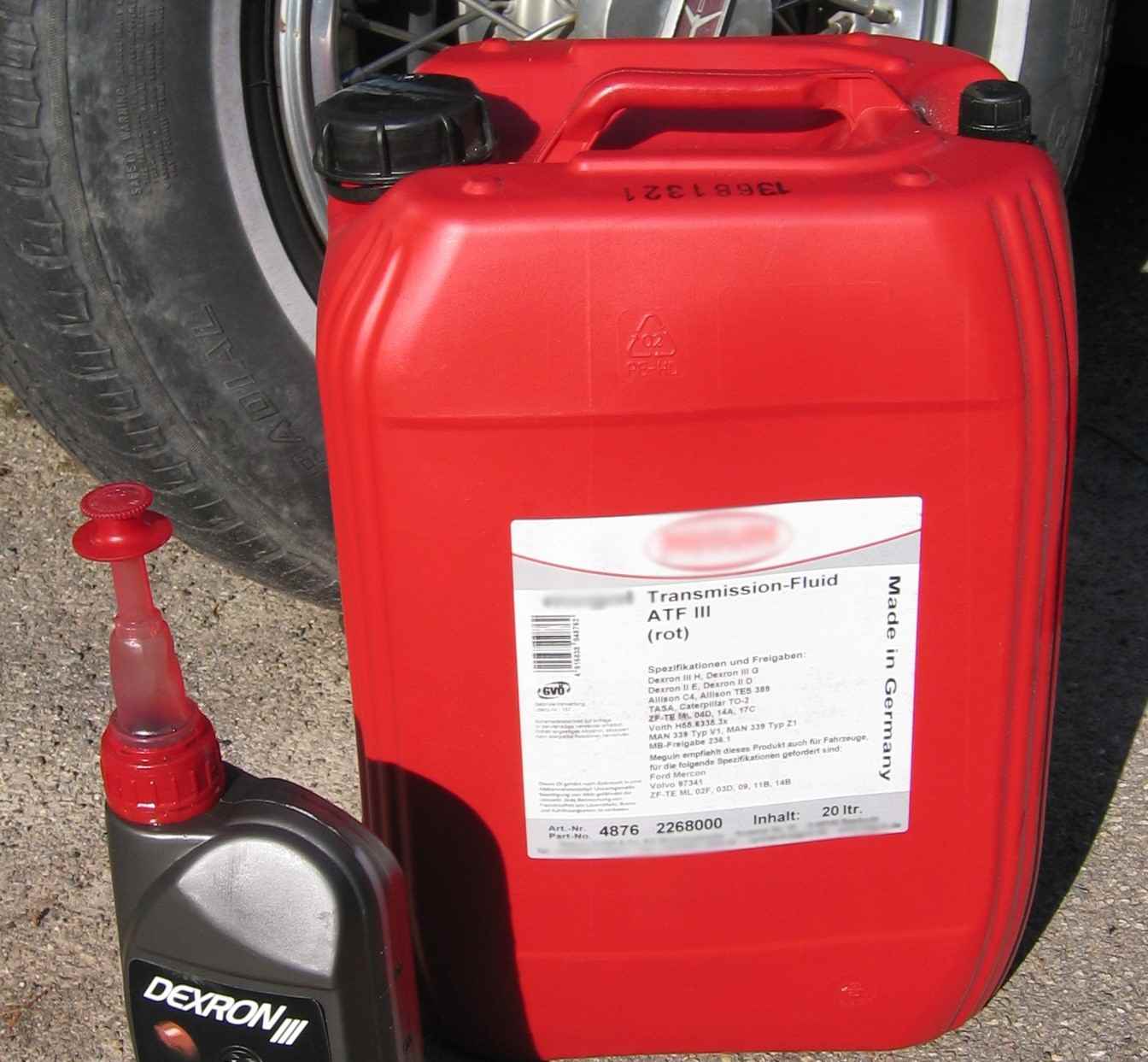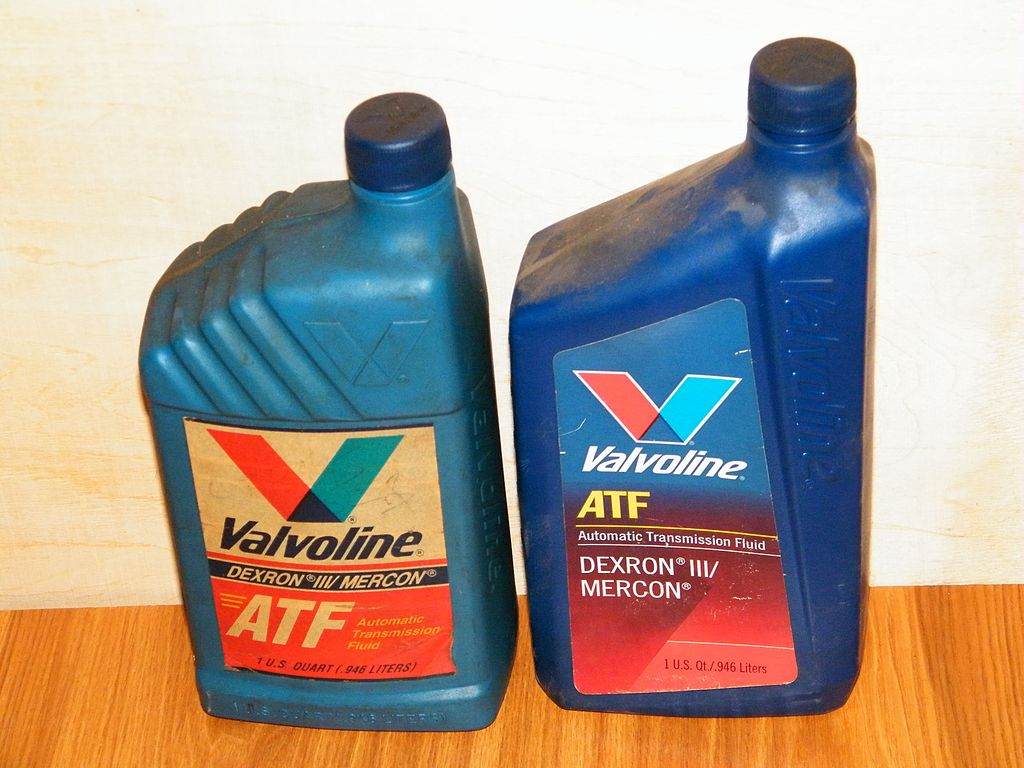Transmission is a vital component of a motor vehicle and it requires costly repairs if anything happens to it. The lifeblood of this system is transmission fluid. The transmission can face serious problems due to bad or low-level of fluid. Transmission issues can lead to the malfunction of the engine too. To prevent all these troubles you have to have a clear idea about the fluid capacity and requirement of the system. How much transmission fluid do I need? Let’s find out.
Contents
The Functions of Transmission Fluid
This fluid is responsible for plenty of important functions. It keeps lubricated various components, making sure the vehicle operates smoothly. The lubrication keeps wear to the minimum for fictitious components, extending their lifespan.
Other than ensuring smooth rotation of various transmission parts, the fluid:
- Conditions the gaskets
- Helps with temperature control
- Increases the rotational speed
- Prevents untimely wear of metal surfaces
How Much Transmission Fluid Do I Need?
How much transmission fluid does my car need? Many drivers find it difficult to figure out the automatic transmission fluid capacity of their vehicles. Well, you will get the correct figure by checking the owner’s manual.
How many quarts of transmission fluid does a car need? Normally, the ideal amount to pour at a time is half-a-quart of fluid. How much transmission fluid does a car hold? On average, a transmission has the capacity of holding around 9 to 13 quarts.

However, the amount of fluid to be added will vary based on how much is still left in the system. Just topping up to the existing fluid will require less than if you want to drain and then fill up the system.
You should be very careful when adding the transmission fluid because overflowing the system will also create plenty of problems. Putting a little amount at a time and checking the level frequently will prevent adding too much.
Using a dipstick will also help you to find the correct level of the transmission fluid. However, it may sometimes show “full” even when the tank is not full. In that case, run the engine for a few minutes to make it warm, so the fluid level goes down. Recheck with the dipstick and fill up the empty tank space.
When the engine is hot, the transmission fluid should be at the upper end of the dipstick’s “hot” mark. On the contrary, the fluid should be at the upper end of the dipstick’s “cold” mark when the engine is cold. It should be within these two marks when the engine is just warm.
How to Fill up the Transmission Fluid Tank
So, how much transmission fluid do I need? Well if you are not filling up the tank to “full”, it has to be in the safe zone on a dipstick, which means between the two marks.
How much transmission fluid to add if empty? In that case, you can keep adding up until the dipstick shows “full”. However, it’s also fine if the fluid level stays in the safe zone. When adding fluid, make sure that the vehicle is parked on a level surface. The engine should be warm and on “idle” to get the best result.
You will need to pour the fluid gradually through the transmission’s fill plug. Keep doing this until the liquid seeps through the porthole of the plug. A sealed transmission does not have a fill plug and its liquid filling process is quite different from a regular transmission. Take the help of a professional mechanic if your car has a sealed transmission.
SEE MORE
- What Is the Ideal Frequency of Changing Transmission Fluid?
- The Prominent Symptoms of Brake Fluid Leak
What Are the Signs of an Overfilled Transmission?
You should never overfill a transmission because that can lead to several serious problems. Due to the excessive pressure of the extra fluid, some parts may get damaged and fail altogether. The shifting of pressure from low to high can make a few components totally unstable. Such a condition can become worse if you try to shift gears as excessive pressure can snap rings and break different parts by creating frictions.
Fluid foaming is a common consequence of overfilling an automatic transmission. Such foaming creates various gear shifting problems and can even damage the whole transmission.
If you see any of these following signs, check the transmission immediately to see if the tank is overflowing:
- In the case of a manual shift, there will be a puddle under the transmission. It could be a leak in the seals too, so don’t forget to check them.
- You won’t be able to shift gears properly. It happens because of foamy fluid in automatic transmission.
- Overheated engine. There could be several reasons for this problem and an overfilled transmission is one of them.
Conclusion
How much transmission fluid do I need? We hope you’ve already got the answer. When you purchase a car, make sure you know how to handle the transmission and its fluid.



